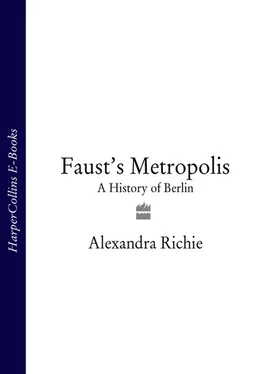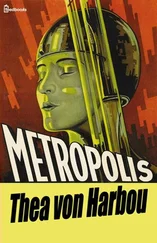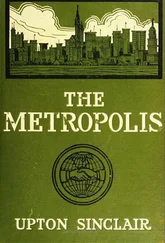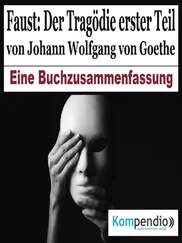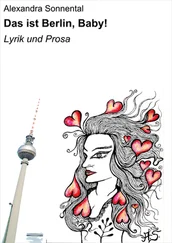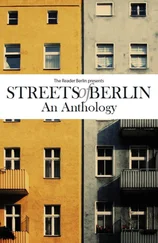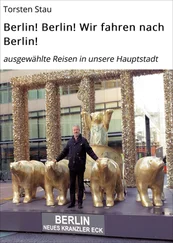Attempts to commemorate this aspect of Berlin history have often reflected contemporary politics. West Berlin’s first monument to the Second World War was created in 1952 at the former Plötzensee Prison. It was here that 2,500 people, mainly German nationals (including many resistance fighters involved in the 1944 plot), were hanged or guillotined, and the site was dedicated to all victims of Fascism. 88A short time later a memorial was erected at the Bendlerblock, where Stauffenberg was shot after the failed 1944 assassination attempt. It was dedicated to the German resistance. 89These monuments were important, but the choice of location and the choice of ‘victim’ echoed the post-war West German tendency to concentrate on the fate of the ‘good’ Germans – the 1944 plotters – to the exclusion of others. This choice of ‘victim’ was mirrored in East Berlin in the re-dedication of Schinkel’s Neue Wache with an eternal flame in memory of the ‘victims of Fascism’, which in East German iconography meant their largely fictitious ‘Communist resistance fighters’. It did not mention victims in Poland, Russia, the Netherlands or Greece; nor did it mention the gypsies or the Jews.
The Neue Wache has already served as the Kaiser’s guardhouse, as a war memorial for the Weimar Republic, as a memorial for the Nazis and as a shrine for East Germans guarded until 1989 by goose-stepping soldiers. In 1993 it was renamed the ‘Central Memorial of the Federal Republic of Germany for the Victims of War and Tyranny’ and the long inscription now commemorates resistance fighters, homosexuals, Jews, gypsies, soldiers who fell on the front, people killed in the bombing raids – indeed all those who were victims of war and terror. It reflects Helmut Kohl’s view that there is a ‘community of victims’, all of whom should be remembered together.
It is right for Germans to have a place to mourn all those who died tragically during the Second World War; however, the idea of a ‘community of victims’ glosses over one very important aspect of the Nazi past: it implies that a young man who was forced into the army against his will and then died on the front can be compared to a young man killed in Auschwitz, or that a Berlinerin who met her death in a bombing raid can be compared to a young Russian woman burned to death in a barn in 1942. There is a difference between those who were victims of the ‘horrors of war’ and those who were specifically targeted, hunted down and murdered by the Nazis themselves – not only victims of war, but victims of the Germans as well.
The central memorial to ‘all victims of Fascism’, which includes those killed by the Nazis, implies that Berliners had as little responsibility for their own suffering in the war as, say, those who eked out an existence in the camps; that Berliners were victims too. But Berlin was not Auschwitz or Maidanek or Stutthof or Kulmhof, nor was it Leningrad or Minsk or Amsterdam or Warsaw. Innocent people were hunted down by the Nazis in Berlin, to be sure, but they were in the minority in this city of 4 million people. Berlin was the centre of the Third Reich; here the worst crimes ever committed by Germans were discussed, ordered, codified, registered, approved. For every Berlin resistance fighter, for every Berlin Jew deported to Auschwitz, there were dozens of members of the Gestapo or the SS; dozens who worked in the laboratories or the railway offices or the bureaucracy or the corrupt courts, oiling the wheels and allowing the brittle edifice to function right until the bitter end. In Henry IV Part 2 Shakespeare says that ‘There is a history in all men’s lives’ – a history, hidden since 1945, which can best be addressed in Berlin.
The most successful attempt to do this so far is the Topographie des Terrors , which started as a temporary exhibition on the site of Gestapo headquarters in 1987 and which is to become a permanent installation in Berlin. The site has a chilling history. It became the headquarters of the Geheime Staatspolizei – the Gestapo – in 1933. In 1934 Heinrich Himmler moved the SS headquarters to the Hotel Prinz Albrecht next door and shortly afterwards the building behind was leased to the SS Security Service, the Sicherheitsdienst (SD) headed by Reinhard Heydrich. In 1939 the Gestapo, the criminal police and the SD were united in the Reichssicherheitshauptamt (the Reich Main Security Office), headed by Heydrich and officially headquartered at Prinz-Albrecht-Strasse 8. 90This accumulation of power made it the centre of the terror both in Germany and abroad. The site was damaged during the war and blown up in 1949; it was due to have a road built over it until 1981, when the architectural historian Dieter Hoffmann-Axthelm recommended that the area be preserved. In 1983 a group calling itself the ‘Active Museum of Fascism and Resistance in Berlin’ dedicated to confronting the Nazi past began to excavate the site. Part of the cellar complex was cleared and a temporary exhibition created, which included details of the orders issued from there, the prisoners who had been brought there, the people executed there. It explained the system of terror which had extended out from the buildings until it oppressed almost all of Europe, but it was concerned both with those in command and their victims. It remains a thoughtful presentation and has attracted many visitors – although its director Herr Lutz said that of the 1 million people who came in 1993, half were foreigners. 91
Many Berliners, like the members of the Active Museum, feel that the city could use more initiatives and memorials of this kind. Rather than being demolished or covered up, they argue, the Nazi past should be exposed, demystified and scrutinized; rather than concentrating only on victims Berlin must, as Gerhard Schoenberner put it, counter the portrayal of the Gestapo or the SS as ‘people from Mars who attacked and invaded a peaceful Germany’. 92It has been suggested that instead of being destroyed, the Chancellery bunker, which is about to disappear for ever under the new Federal Representative Offices, might be turned into a museum in the mode of the Topographie des Terrors. Alfred Kernd’l, former head of the Municipal Archaeology Office, lobbied to save a bunker covered with paintings created by SS men during their fight to defend Hitler in April 1945, arguing that it was a truly amazing phenomenon: even as bombs rained down on them and as their capital city went up in flames, some soldiers were still able to paint pictures of the invasion of England. 93The future of the paintings has not yet been decided, but it is likely that they will be destroyed – ostensibly for fear that they will become neo-Nazi monuments.
Berlin is now being rebuilt as the capital of a new Germany, and it would be ludicrous to preserve all artefacts from the Nazi period; the city centre would be little more than a windswept wasteland. Nevertheless, the argument that none of these things can be saved because they might become neo-Nazi shrines is both insulting to Berliners and worrying to all Europeans, implying as it does that the authorities see Fascism lurking just behind Berlin’s new facade. Hitler’s Wolfschanze bunker complex in the former East Prussia is open to the public, but far from becoming a neo-Nazi shrine it exposes the ghastly mentality of the men who hid in these cramped, dingy buildings to plot the deaths of innocent people. It is a powerful reminder of an abhorrent regime.
The debate about the preservation of such artefacts is linked to the question of how the Holocaust itself should be commemorated in Berlin. Apart from a few minor sites set up in the west before 1989 no separate memorial has yet been created in memory of the Jews who were murdered between 1933 and 1945. Historians, planners and politicians alike have tried to address this issue and in 1995 a competition was held for the development of a five-acre site near the Brandenburg Gate for which DM16 million had been set aside. There were 527 entries ranging from gigantic boxcars to monstrous sculptures of ovens, but on 17 March 1995 the chairman of the jury, president of the Berlin-Brandenburg Academy of Arts Walter Jens, awarded the first prize to a design in the form of a huge slab the size of two football fields to be inscribed with the names of over 4 million known Jewish victims, a design also favoured by the television talk-show host Lea Rosh, who funded a group known as ‘Perspective Berlin’ which campaigned for the monument. The project was criticized by many Berliners on the grounds of its enormous size, and was eventually vetoed by Helmut Kohl. A second competition was held in 1997 and a new monument is set to be inaugurated on 20 January, 1999, the 56th anniversary of the Wannsee Conference. Those making the choice of what to build on the site took over a decade to decide, precisely because they were faced with the terrible question of how Berlin can appropriately pay tribute to people whose deaths were ordered from its very core. 94And Berliners were responsible. 95On 16 October 1941 Hans Frank, who presided over the General Gouvernement in Poland, reported on a recent discussion with his superiors about how to deal with the Jews under his jurisdiction: ‘We were told in Berlin, “Why all this bother? We can do nothing with [the Jews] either in the Ostland or in the Reichskommissariat. So liquidate them yourselves.” ’ 96
Читать дальше
